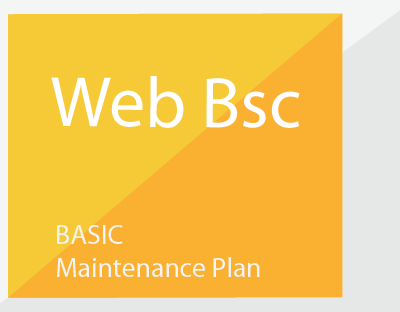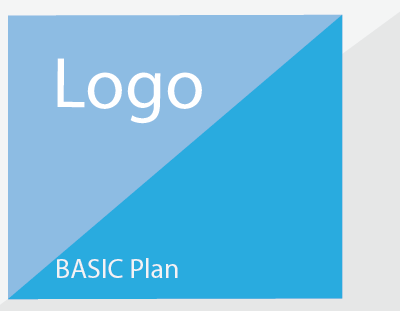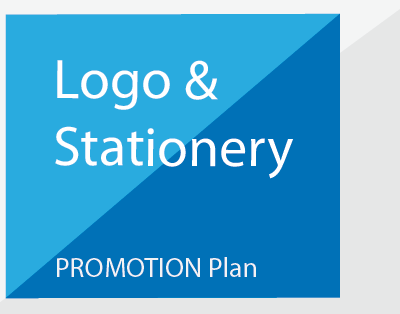We used to have word-of-mouth referrals, and stamped letters, today’s relationships are developed on LinkedIn, Google +, and Facebook. The concepts behind “social networking” aren’t new, that means savvy business owners have to know and use a variety of social platforms to stay relevant, not to mention take advantage of the opportunities these may offer.
These Social Networking sites are what I consider the 10 most important Social Networking you should experience yourself, so you can introduce the appropriate ones to your client’s business, keep in mind that your client may not need them all, so after studying your client goals be sure to offer the advice to introduce their company to the most important 3 networks that better woks for them :
1. Facebook. Considered to be synonymous with “social media” by some, Facebook is the one site where you’re likely to find friends, colleagues, and relatives all floating around. Although Facebook is mainly centered around sharing photos, links, and quick thoughts of a personal nature, individuals can also show their support to brands or organizations by becoming fans.
2. Twitter. Perhaps the simplest of all social media platforms, Twitter also just happens to be one of the most fun and interesting. Messages are limited to 140 characters or less, but that’s more than enough to post a link, share an image, or even trade thoughts with your favorite celebrity or influencer. Twitter’s interface is easy to learn and use, and setting up a new profile only takes minutes.
3. LinkedIn. One of the only mainstream social media sites that’s actually geared towards business, LinkedIn is to cyberspace what networking groups once were to local business communities. It’s great for meeting customers, getting in touch with vendors, recruiting new employees, and keeping up with the latest in business or industry news. If it matters to your company or career, you can probably do it on LinkedIn.
4. Google+. Social media’s big up-and-comer has really arrived over the past few years. By combining the best of Facebook and Twitter into one site – and backing it by the power of the world’s largest search engine, Google has given users a social site that has a little something for everyone. You can add new content, highlight topics with hashtags, and even separate contacts into circles. And, a G+ profile only takes a few minutes to get set up.
5. Pinterest. Serving as a giant virtual idea and inspiration board, Pinterest has made a huge impact on social media in the last few years. Especially popular with women and the do-it-yourself crowd, it lets you share pictures, creative thoughts, or (especially) before-and-after pictures of projects that others can pin, save, or duplicate.
6. YouTube. As a video sharing service, YouTube has become so popular that its catalog of billions and billions of videos has become known as “the world’s second-largest search engine” in some circles. The site has everything from first-person product reviews to promotional clips and “how-two” instruction on virtually any topic or discipline. Users have the ability to share, rate, and comment on what they see.
7. Instagram. If you’re looking for a quick, convenient connection between the camera feature on your smart phone and all your social profiles, then Instagram is the answer. Not only will allow you to share via Twitter, Facebook, and the Instagram website, you can choose from a variety of photo filters and invite friends to comment on your photos or ideas.
8. WhatsApp. The WhatsApp concept is simple: send text-style messages to anyone else using the platform, but without paying data charges. That straightforward idea has already gathered more than 700 million fans, making the app the world’s most popular messaging platform.
9. LinkedIn Pulse. Even though Pulse is technically a part of LinkedIn, it’s big and important enough to deserve its own entry. Serving as something between a blog and “best of” outlet, it’s the perfect medium sharing new ideas and keeping up on the thought leaders in your industry.
10. Tumblr. This platform is different form many others in that it essentially hosts microblogs for its users. Individuals and companies, in turn, can fill their blogs with multimedia (like images and short video clips). The fast-paced nature of Tumblr makes it ideal for memes, GIF’s, and other forms of fun or viral content.





